Crabgrass is one of the most common and most troublesome lawn weeds in America. A crabgrass infestation can take over your good lawn grasses – including turf type tall fescue – in as little as a single growing season.
So if you see this clumpy weed in your lawn grass, you might wonder, when does crabgrass die and go away?
Table of Contents
When does crabgrass die off?
Crabgrass dies every year in the fall after it has shed its seeds and is hit by the first frost. This happens by October when overnight temperatures reach 32°F (0°C) or colder. Although an annual grassy weed, crabgrass seeds will germinate and new plants will emerge the following spring.
Crabgrass Lifecycle
Crabgrass is an annual weed that germinates in the early spring. Crabgrass seeds germinate when soil temperatures reach 55 degrees for about 4-5 consecutive days. You can use an online soil temperature like Greencast, or find inexpensive soil thermometers.
Crabgrass thrives in the summer months and can outcompete your good turfgrass for water, nutrients, and sun. Crabgrass is a low-growing grassy weed and with its tillering/branching growth, can quickly take over your lawn in no time.
Crabgrass Seed
A mature crabgrass plant can produce hundreds of tillers and drop thousands of seeds. The crabgrass seed is dropped in the soil during the late summer months, stays dormant over winter, and germinates the following spring when the soil temperatures reach 55 degrees. A pre-emergent crabgrass preventer is vital in an effort to a completely crabgrass-free lawn.
Crabgrass sheds its seeds in the summer months
Steps To Prevent & Control Crabgrass
- Preventing crabgrass before they emerge is critical to a healthy lawn. How to prevent crabgrass? It is best to apply a split application of crabgrass preventer herbicide. The best products to use will contain Prodiamine (Barricade) or Dithyopyr (Dimension). As you build a thick lawn, the room for new lawn weeds will get smaller, and become more difficult for crabgrass and other weeds to thrive. You’ll often hear that a thick and healthy lawn will “choke out” lawn weeds and other plants.
- When to apply crabgrass preventer – the first application of Barricade or Dimension in the early spring before soil temperatures reach 55°F. A second of pre-emergent should be applied in the late spring/early summer as soil temperatures hit 65-70°F.
- Apply a crabgrass killer on actively growing crabgrass plants with the active ingredient Quinclorac, like Drive XLR8, or Fenoxaprop-p-ethyl, like Acclaim Extra. These selective herbicides can also kill broadleaf weeds such as clover. Ideally targeted on young crabgrass before crab grass seed has been shed.
- For non-chemical methods, use a crabgrass removal tool throughout the crabgrass season like The Gardtech Weed Puller
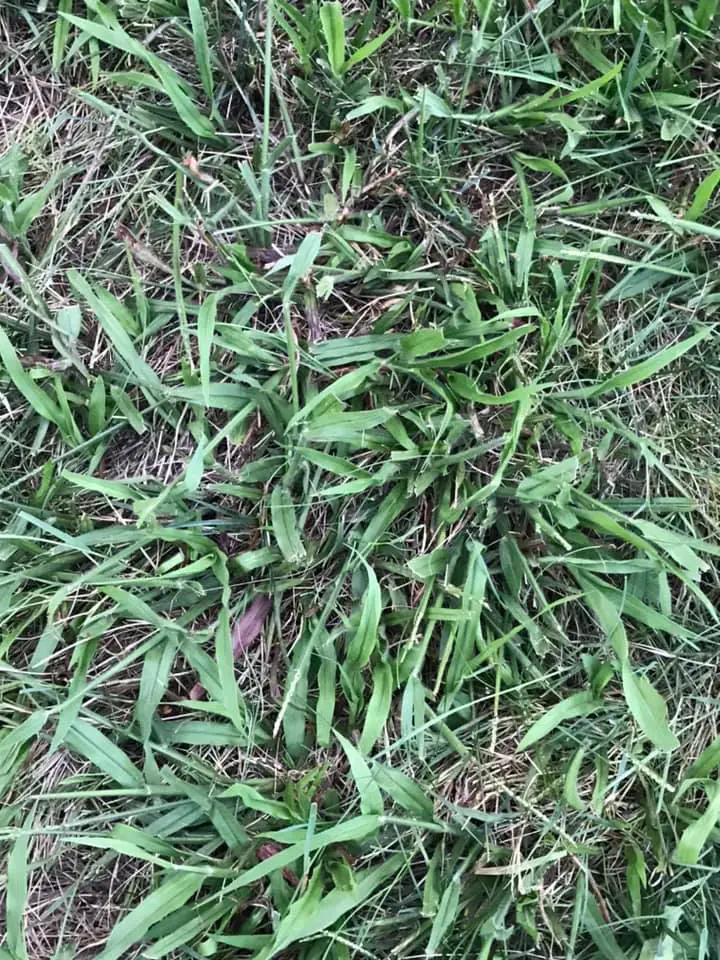
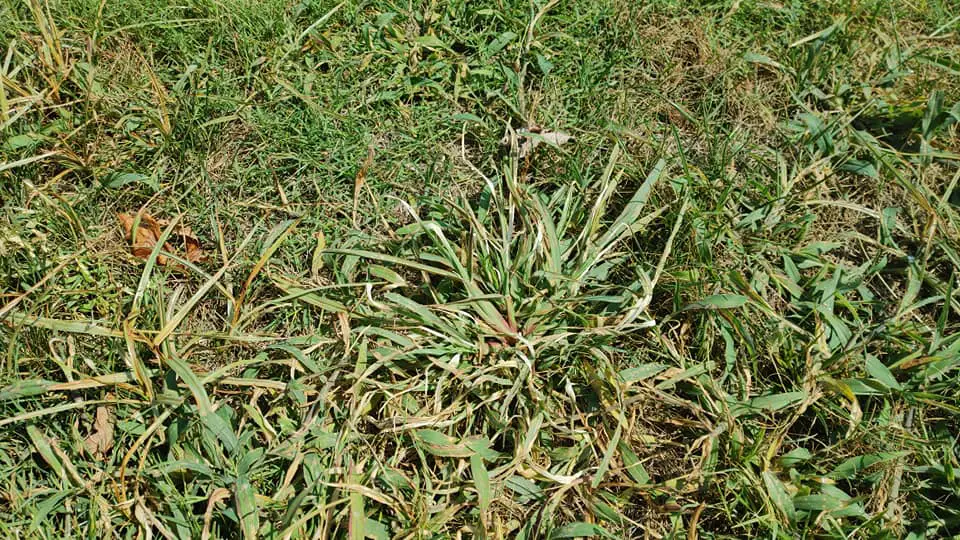
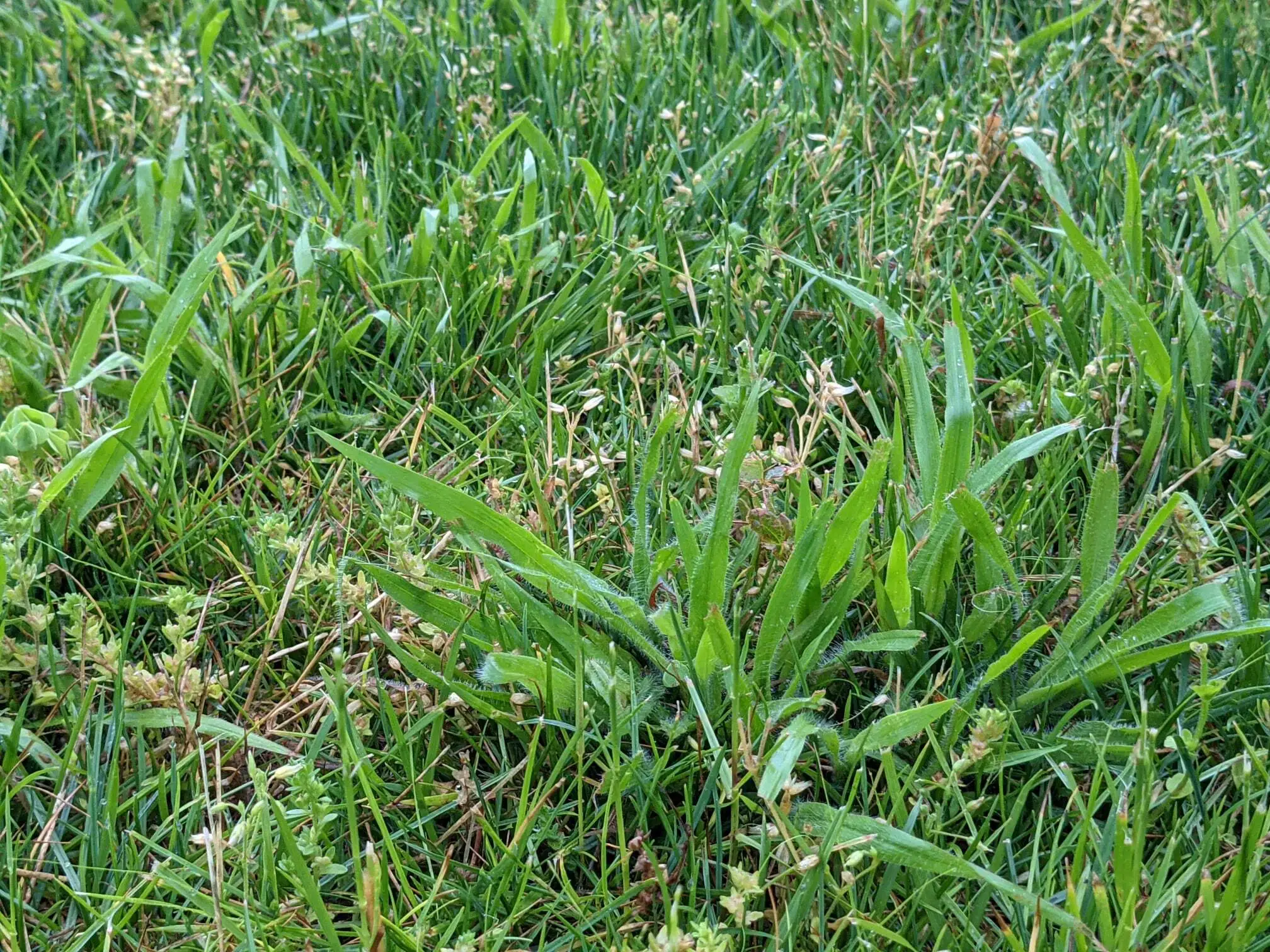
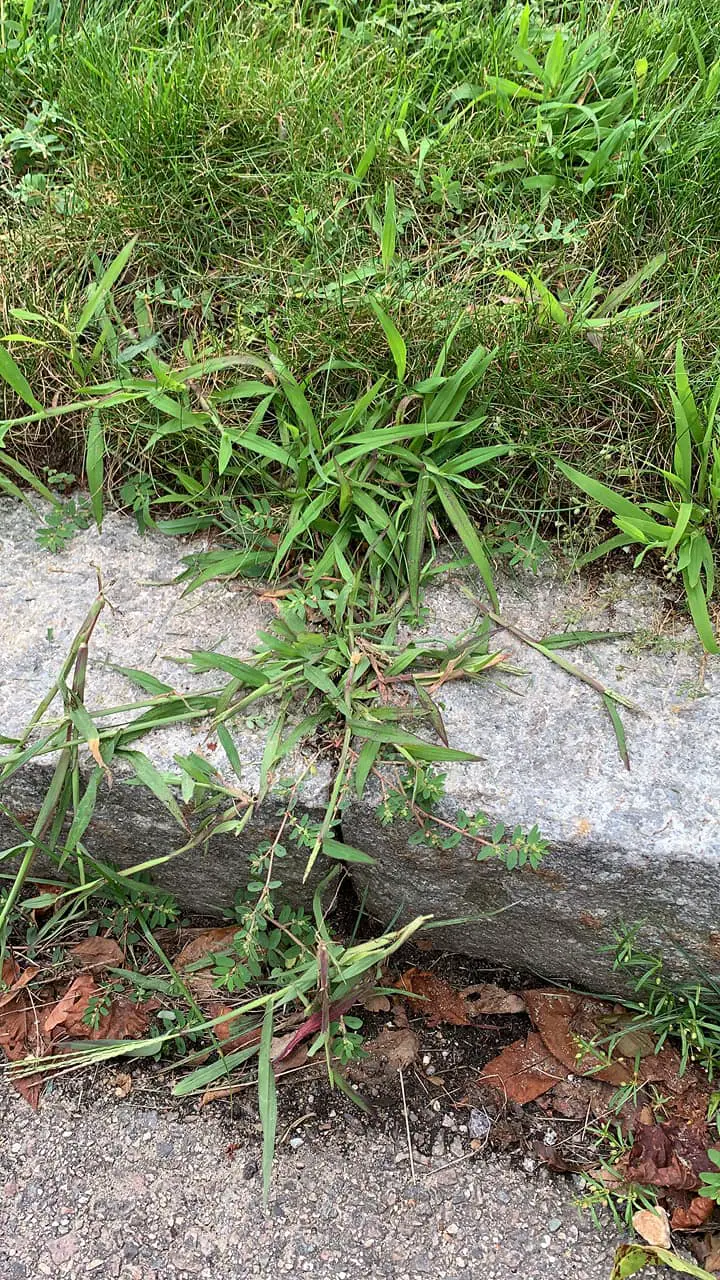
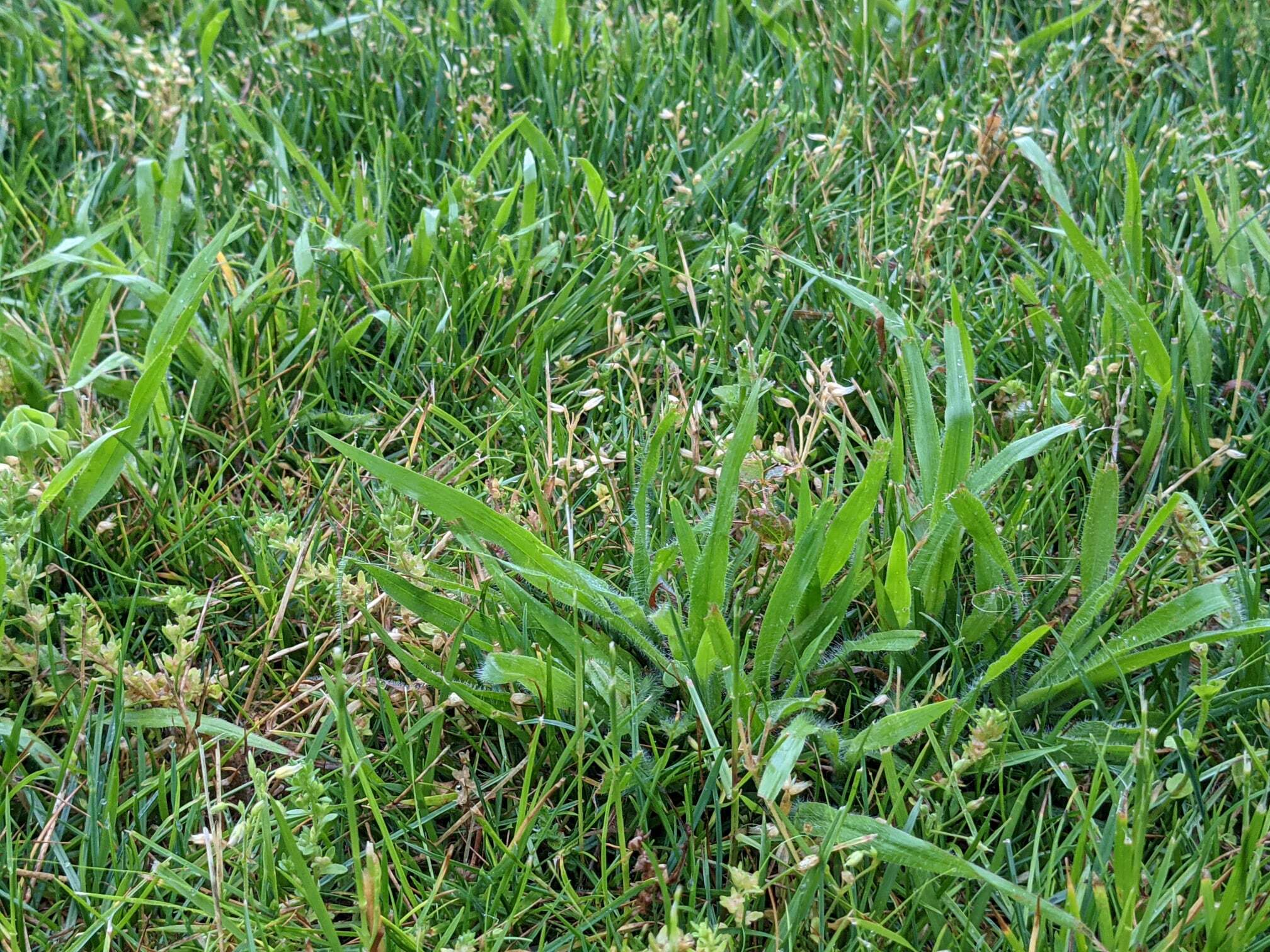
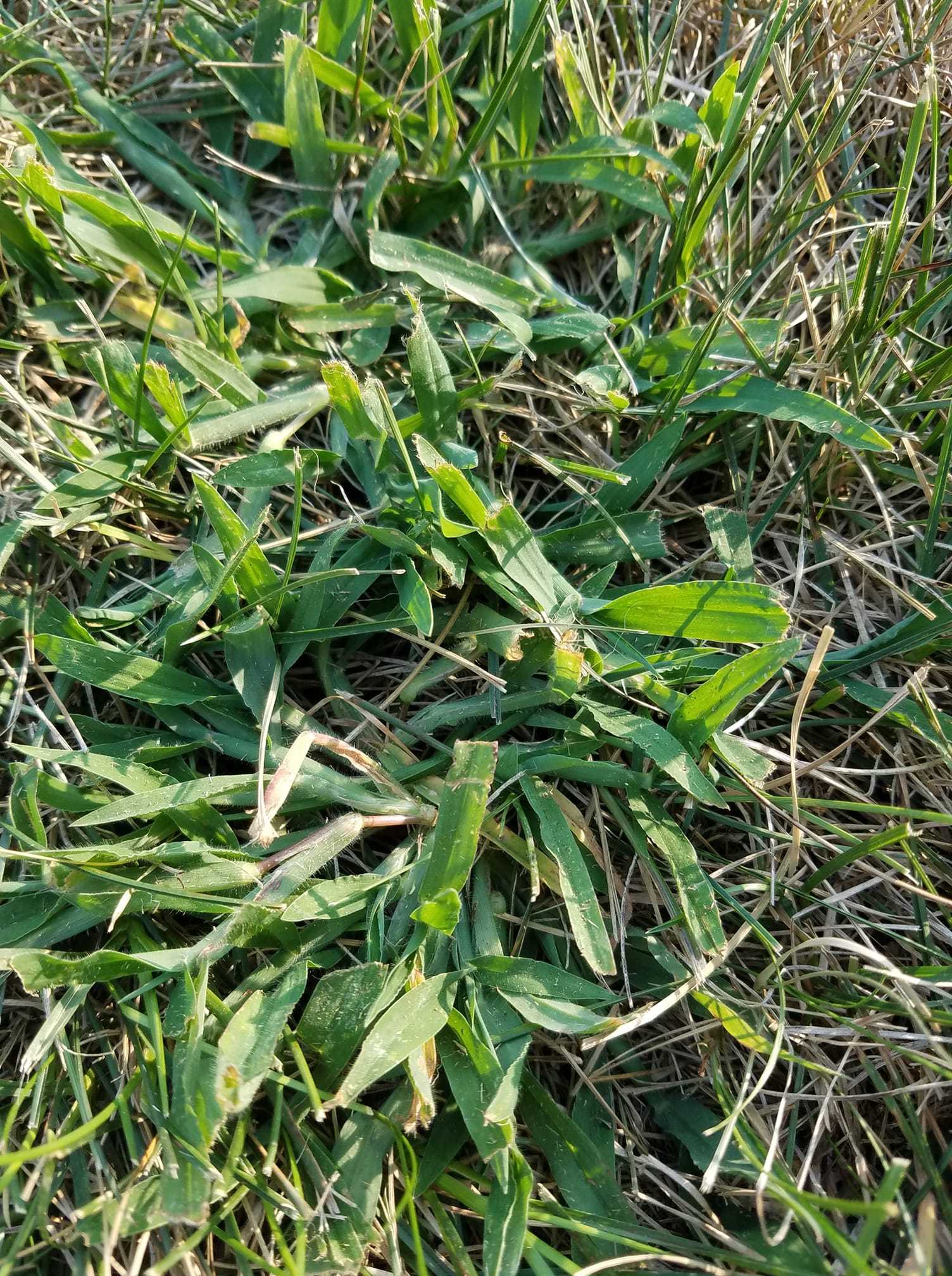
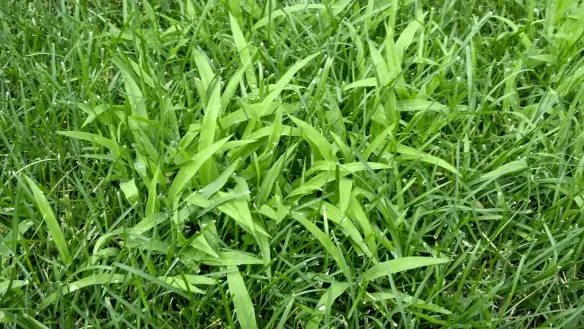
More Crabgrass FAQs
When does crabgrass die in the fall?
Crabgrass dies in the fall after it has shed its seeds and is hit by the first frost.
What time of year is best to kill crabgrass?
It is best to prevent crabgrass germination by applying a pre-emergent herbicide in the early spring. For post-emergent weed control, kill crabgrass by using quinclorac throughout the spring and summer growing season.
At what temperature does crabgrass die?
Crabgrass is an annual weed and will die sometime in the fall after the first frost. This is generally when overnight temperatures reach 32°F (0°C).
What kills crabgrass permanently?
A selective herbicide containing quinclorac is best to kill crabgrass. However, crabgrass seeds will germinate in the spring so it is best to use a pre-emergent herbicide such as Barricade or Dimension in the early spring to prevent crabgrass.
